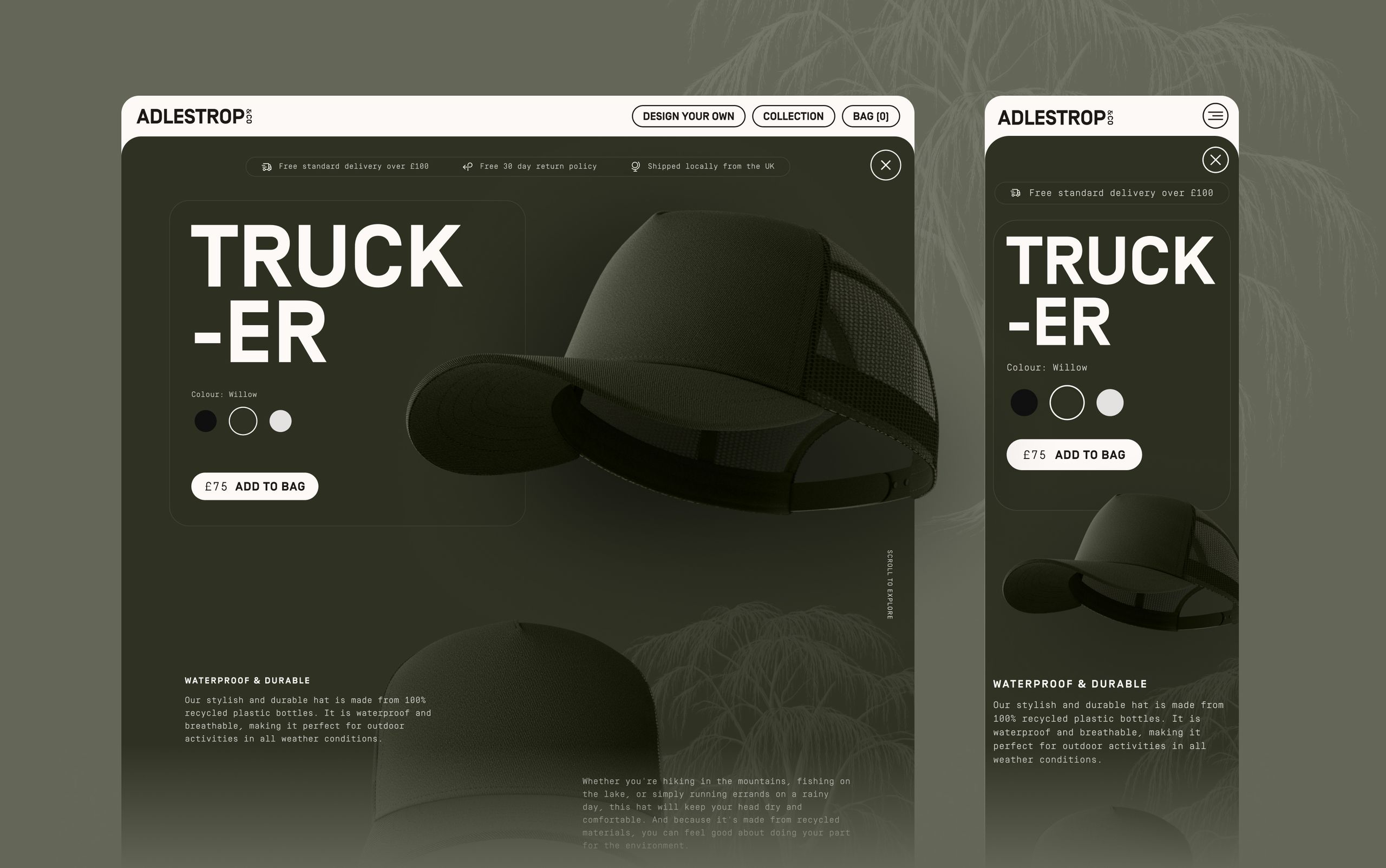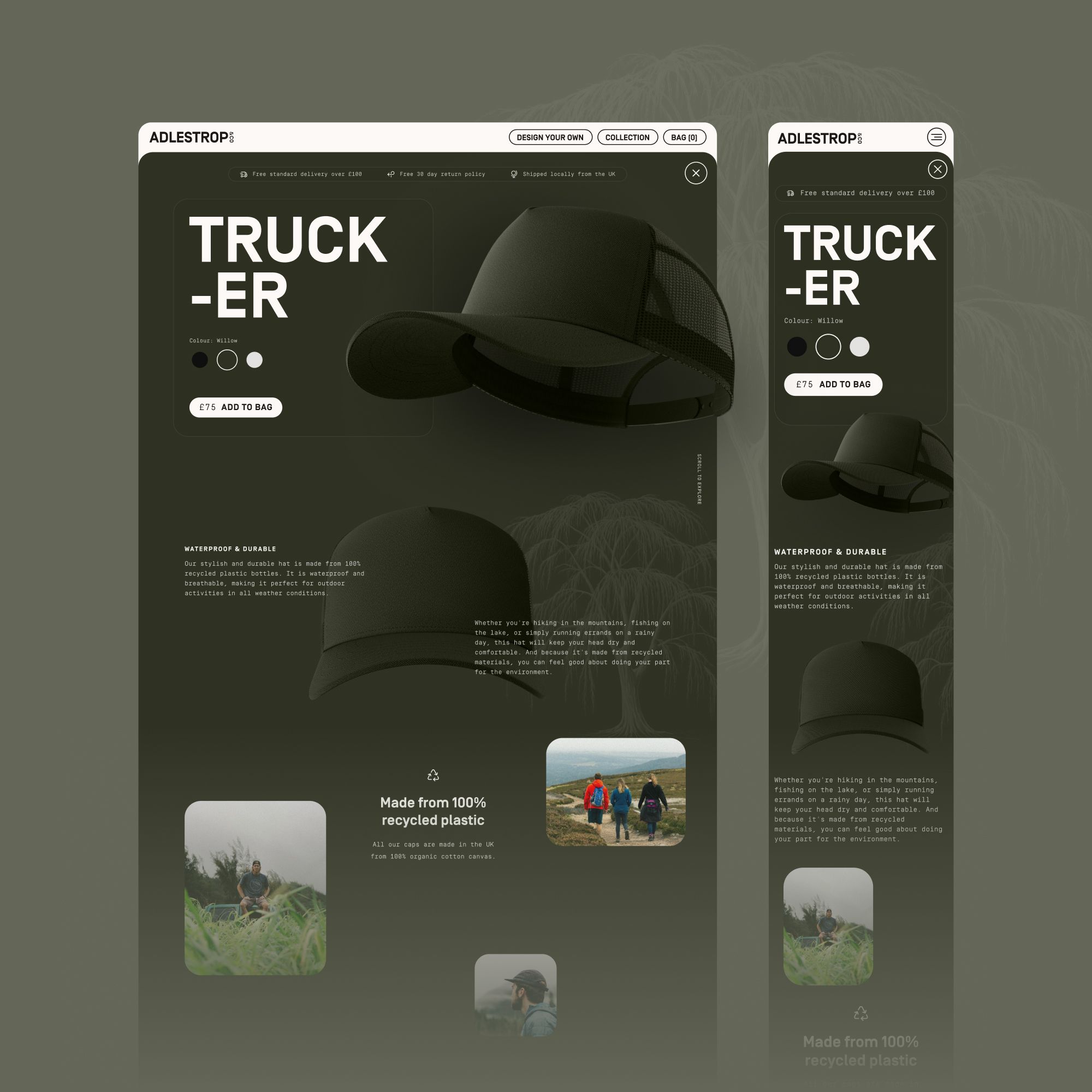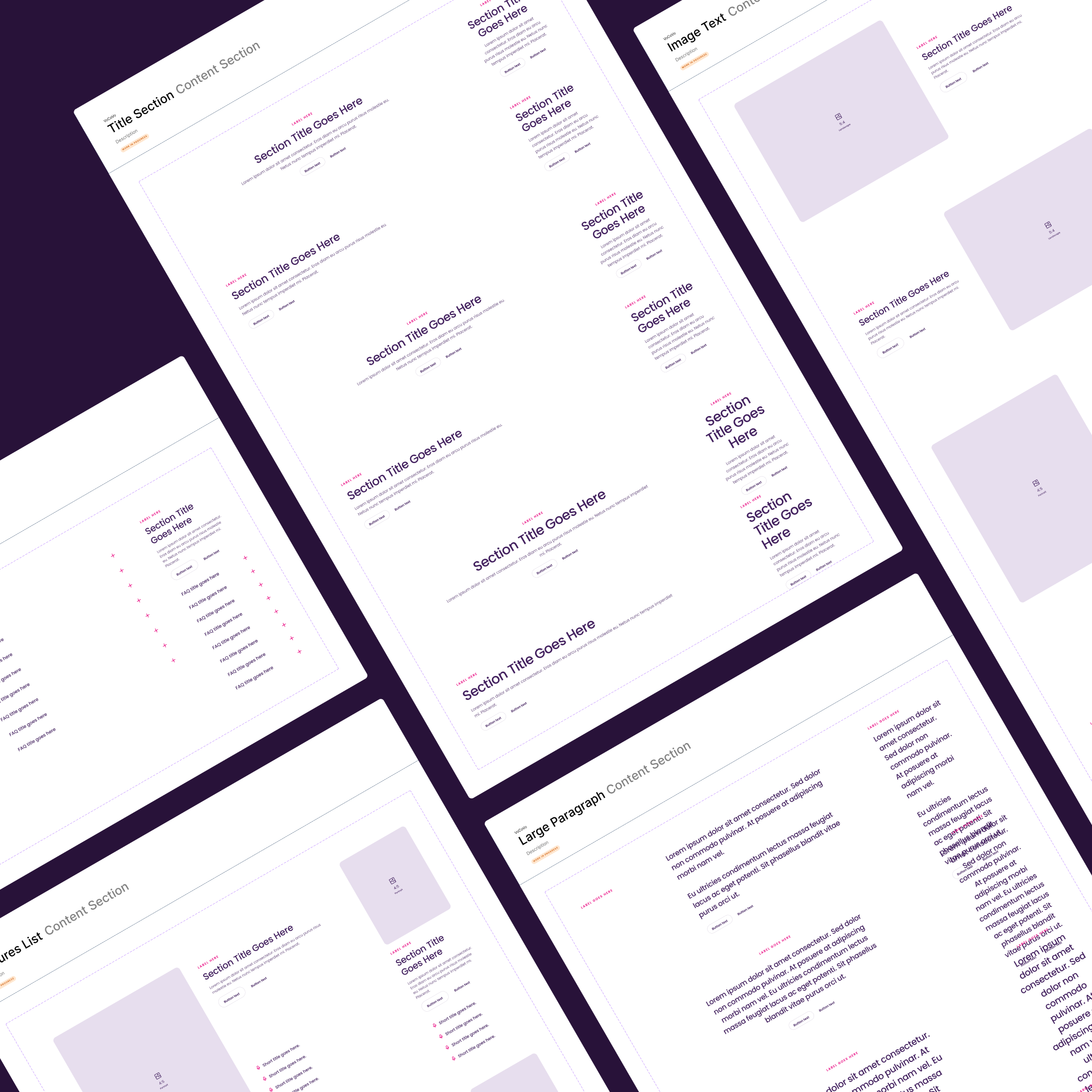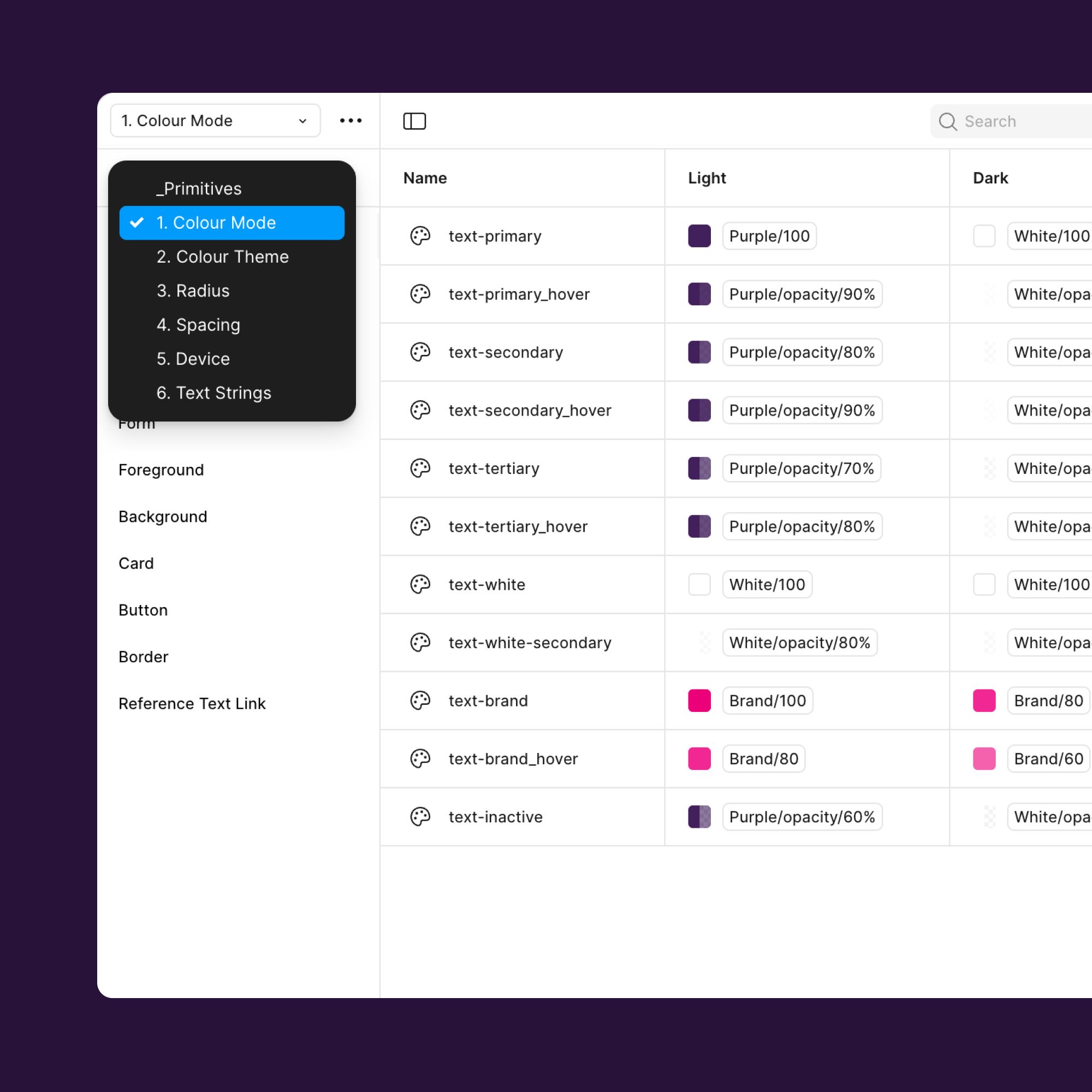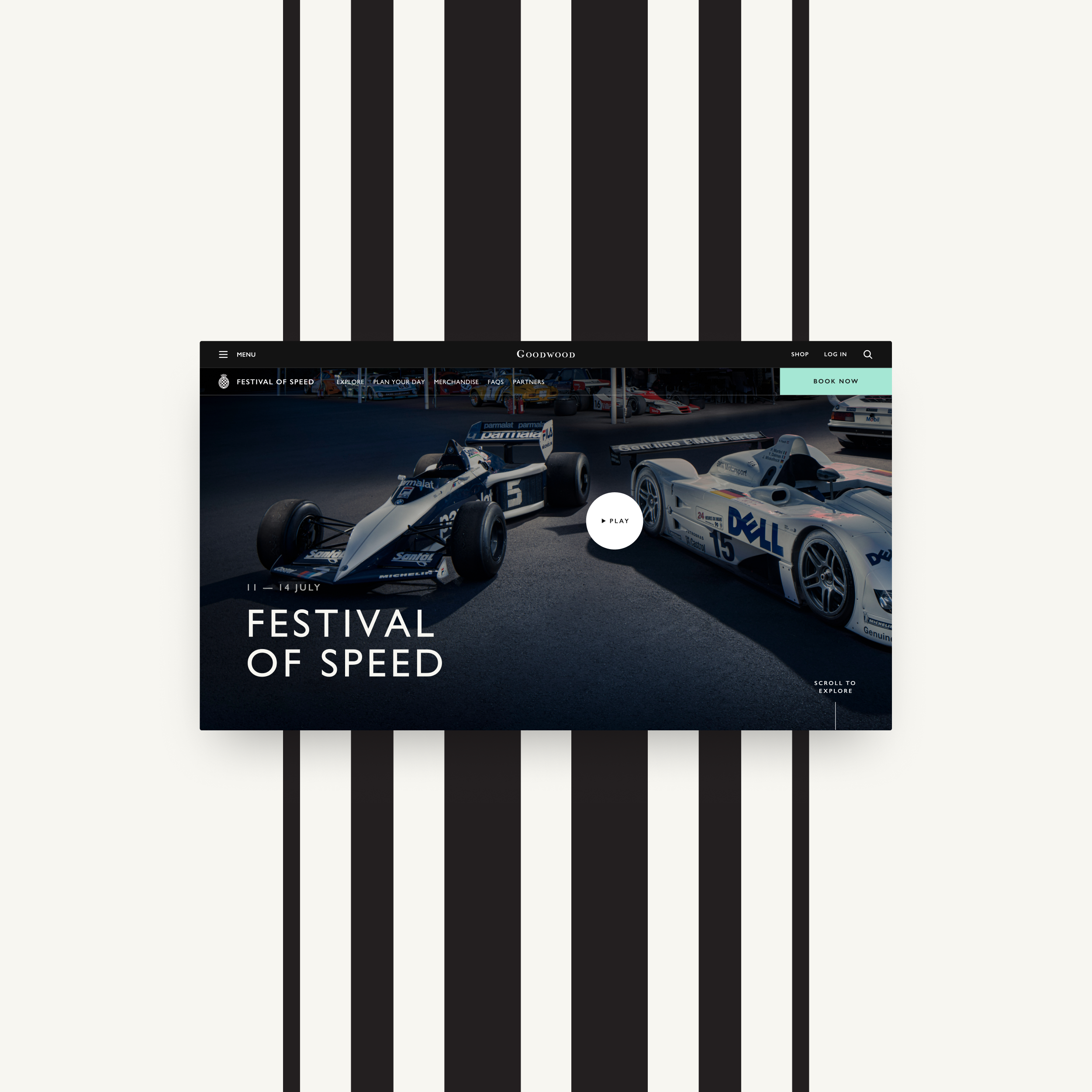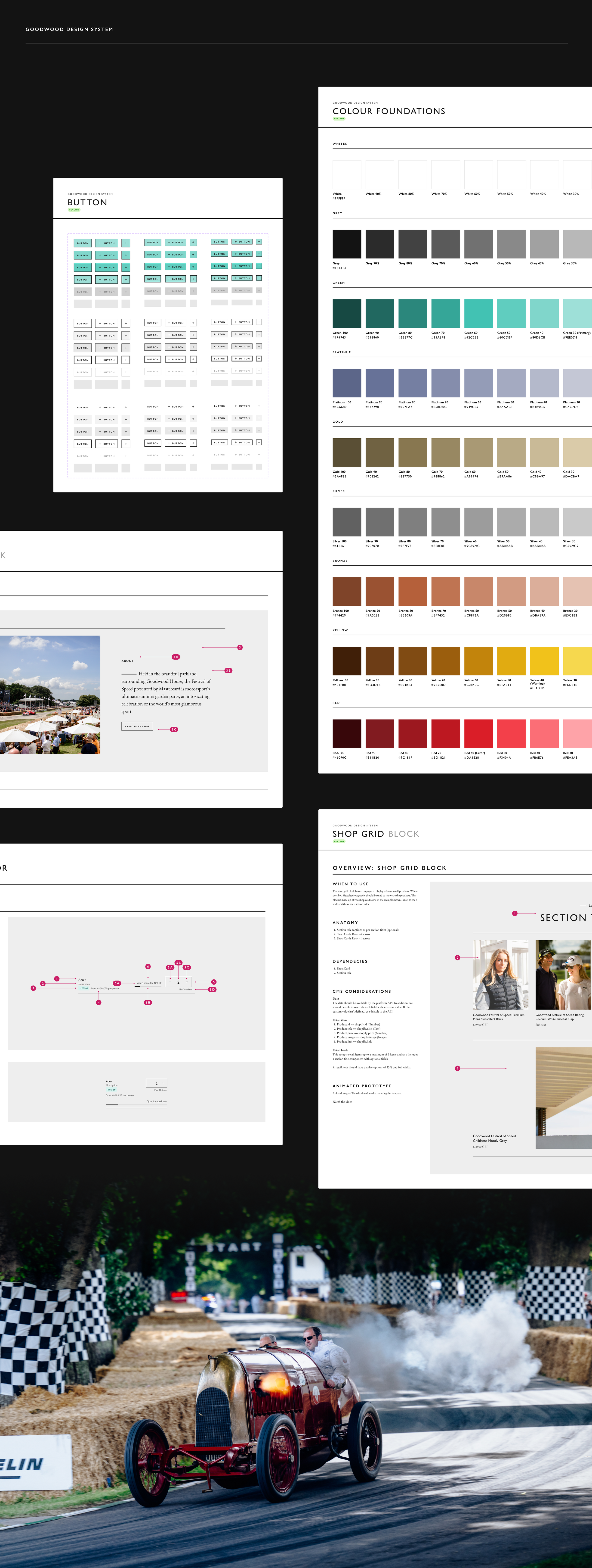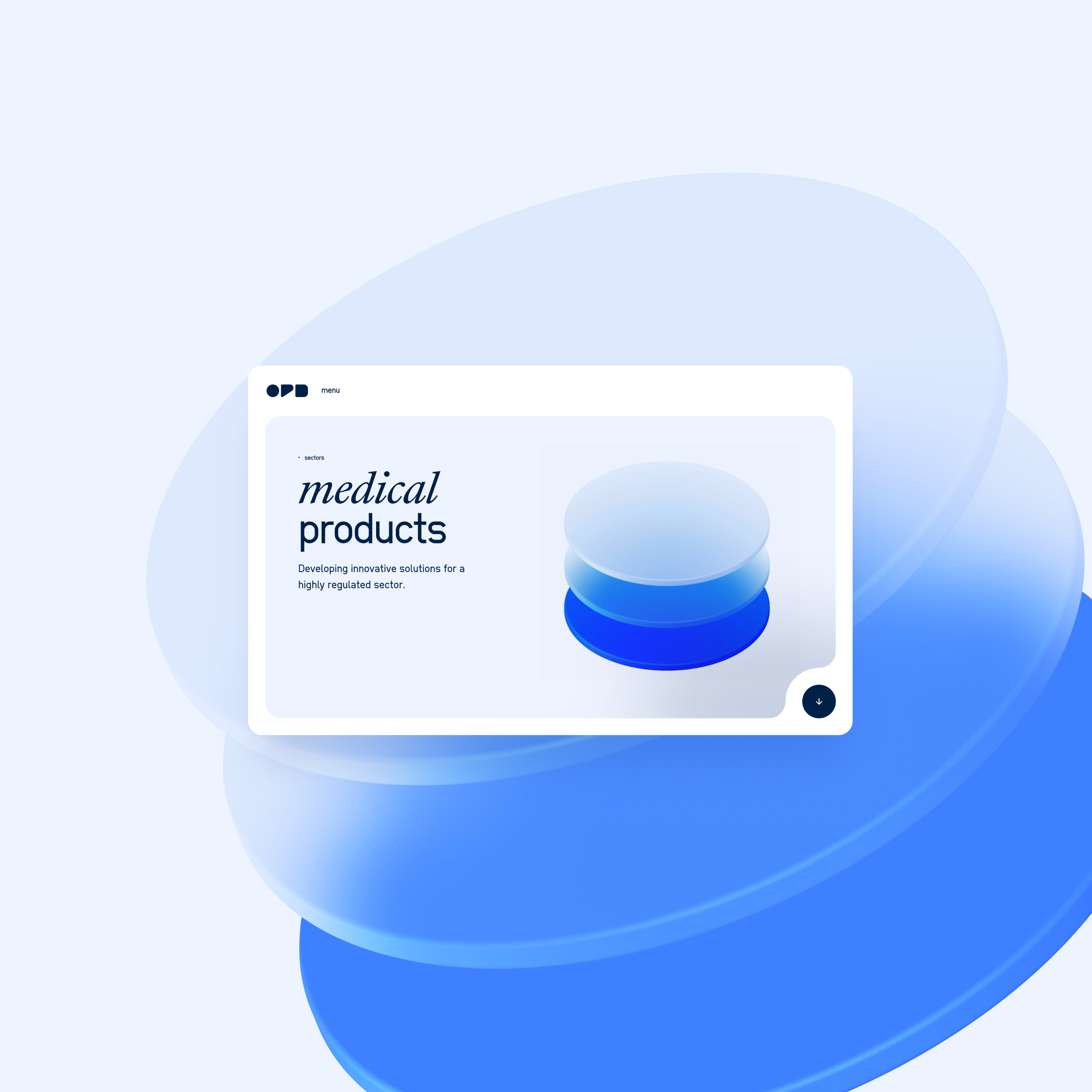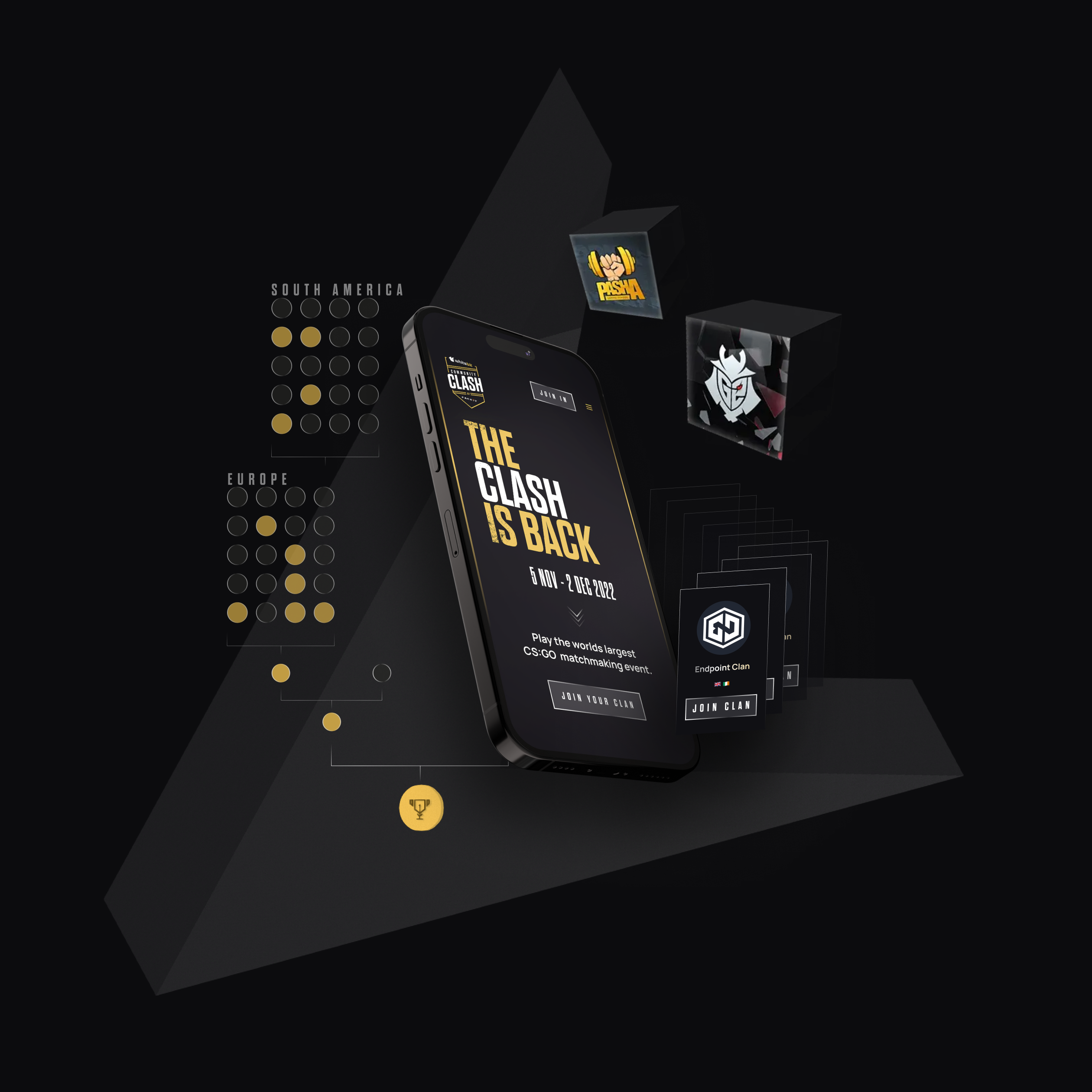Designed performance that adapts to behaviour
Responsive design is not only about fitting the screen. It is about keeping momentum. We design layouts, motion and navigation that adapt to how people actually browse. Faster perceived load on mobile. Clearer signposting when attention is short. Interactions that reduce effort, not add to it.
Performance has to be designed early. That is why we run content priority workshops across breakpoints. We focus on the intent behind every interaction on every device. Someone researching on their phone and completing the purchase on desktop. Someone comparing options on a tablet in a meeting. Someone finding a key feature in seconds rather than scrolling for it.
When the design respects behaviour, users keep moving forward. Performance becomes baked in, not bolted on.
